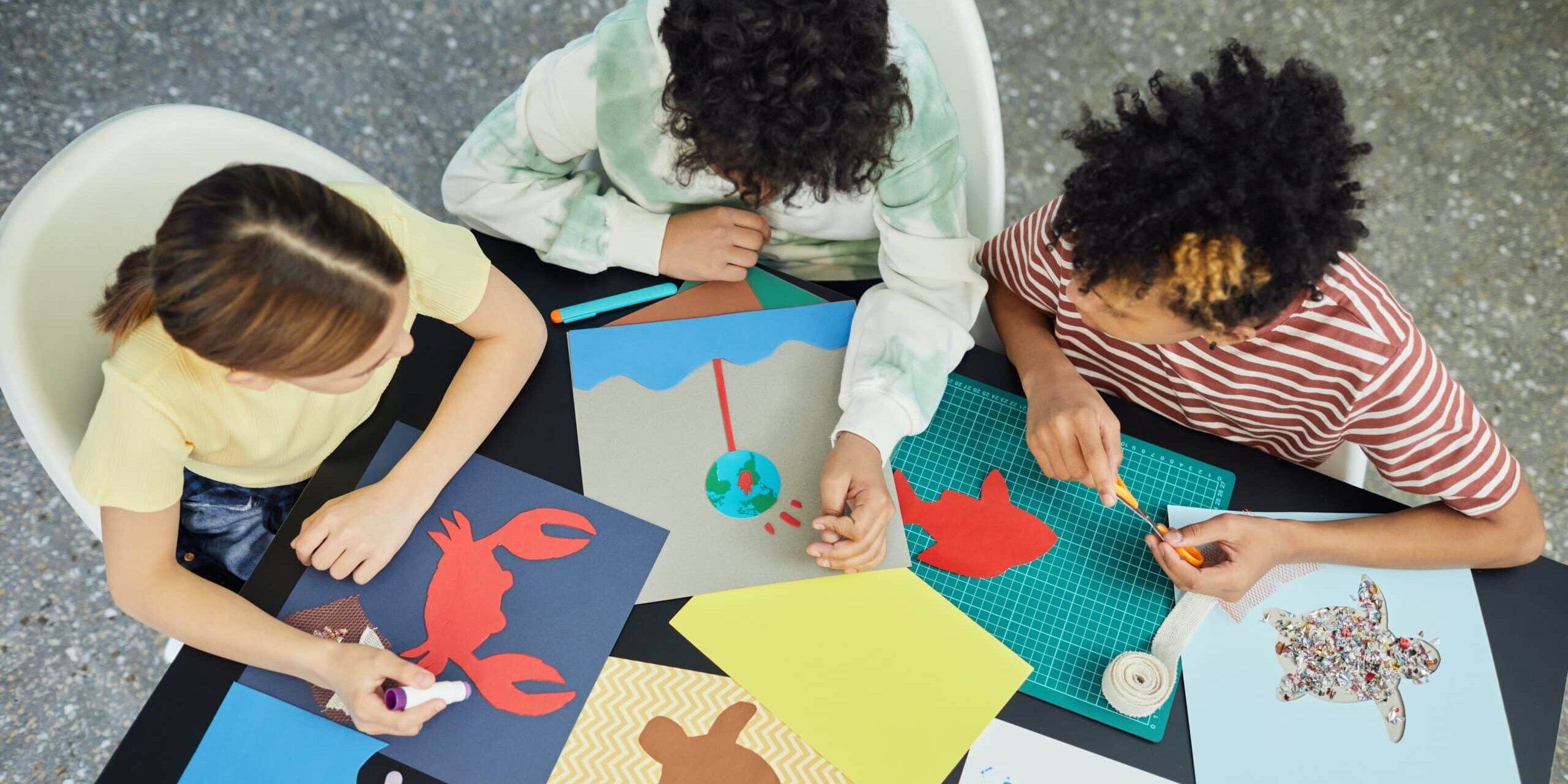Explore 9 Alternative Models to Traditional School: Nurture a Diverse Education Landscape
In today’s rapidly evolving educational landscape, alternatives to traditional schooling have gained attention and popularity. The 9 alternative approaches listed below offer unique philosophies, methodologies, and environments that cater to the diverse needs and learning styles of students:
- Montessori Method
- Waldorf Education
- Reggio Emilia Approach
- Project-Based Learning (PBL)
- Democratic Education
- Homeschooling
- Online Learning
- Unschooling
- Alternative High Schools
In this blog post, we will delve into the world of alternative approaches to school, exploring notable methodologies such as the Montessori Method and alternative high schools. By examining these approaches, we aim to highlight your options for when you decide to take on a diverse education landscape that embraces the individuality of every unique learner.
Montessori Method:
The Montessori Method, developed by Maria Montessori, emphasizes independence, freedom within limits, and hands-on learning. Montessori classrooms are equipped with self-correcting materials that encourage exploration and promote a love for learning. This approach nurtures independent and self-directed learning in a carefully prepared environment and with a teacher acting as a facilitator.
Waldorf Education:
Waldorf Education, inspired by Rudolf Steiner, focuses on nurturing children’s intellectual, artistic, and practical skills. It emphasizes holistic development by integrating arts, movement, and nature into the curriculum. This approach nurtures creativity and critical thinking through imaginative play, age-appropriate learning experiences, and a deep connection with the natural world.
Reggio Emilia Approach:
The Reggio Emilia Approach, originating in Italy, emphasizes child-led learning, collaboration, and project-based activities. It places great importance on the environment, creativity, and the documentation of children’s experiences. When referring to the “environment”, we are not just talking about physical surroundings or classroom materials. The environment encompasses the entire setting, including the physical space, materials, relationships, and interactions that shape children’s experiences. Careful attention is given to creating a space that is inviting, inspiring, and conducive to exploration. Furthermore, this approach welcomes the role of the teacher as a co-learner and the power of open-ended exploration and documentation in supporting children’s learning and development.
Project-Based Learning (PBL):
Project-Based Learning (PBL) actively engages students in exploring real-world problems and challenges. In a project-based learning setting, students work on extended projects that require them to investigate, analyze, and create solutions to authentic problems. These projects often integrate multiple disciplines, allowing students to apply knowledge and skills from various subjects in a meaningful context. PBL encourages critical thinking, creativity, and communication skills while fostering a love for learning.
Democratic Education:
Democratic education promotes student autonomy, participation in decision-making, and self-directed learning. Students have a voice in shaping the curriculum and school policies, fostering a sense of responsibility and ownership of their education. This approach cultivates essential life skills such as collaboration, empathy, and civic engagement through student governance and community-building activities.
Homeschooling:
Homeschooling involves parents taking on the responsibility of educating their children at home. It offers flexibility, personalized instruction, and the ability to tailor the curriculum to the child’s interests and learning style. The benefits of homeschooling involve individualized learning experiences, socialization opportunities through community involvement, and a supportive parent-child relationship as the foundation of education.
Online Learning:
Online learning provides students with the opportunity to learn remotely using digital platforms and resources. It offers flexibility, access to a wide range of courses, and personalized learning experiences. The advantages of online learning are that it promotes self-paced learning, individualized instruction, and the development of digital literacy skills. Establishing a supportive virtual learning community is essential to foster engagement and collaboration.
Unschooling:
Unschooling is a learner-centered approach where children have the freedom to pursue their interests and passions. It emphasizes self-directed learning, real-life experiences, and the belief that children learn best when they are motivated and engaged. Unschooling allows children to drive their own learning journey, encourages curiosity, and fosters a love for lifelong learning.
Alternative High Schools:
Alternative high schools offer non-traditional approaches to education, catering to students who may have struggled in mainstream school settings. These schools often provide flexible schedules, personalized support, and alternative teaching methods to meet individual student needs. Alternative high schools emphasize a project-based curriculum, experiential learning opportunities, and wraparound support services to prioritize students’ academic, emotional, and social growth.
Embracing alternative approaches to schooling nurtures a diverse educational landscape that recognizes and supports the unique needs, interests, and learning style of each student. Whether it is through the Montessori Method or the Waldorf Education, these methodologies provide avenues for fostering creativity, critical thinking, independence, and a love for lifelong learning. There are many more education models not highlighted such as Sudbury and Acton Schools so make sure to do your research to find the best fit for your student. By recognizing and implementing alternative approaches to education, we can ensure that students have the opportunity to thrive in environments that best suit their individual strengths and aspirations.









